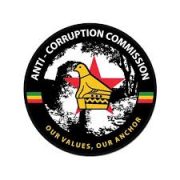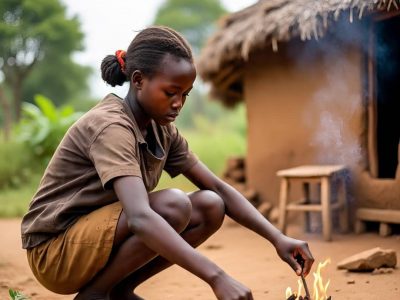About 2,715,717 million people are going to need food assistance during the peak hunger period between January and March 2024 compared to 3.8 million in the previous year.
A stakeholder sensation meeting for 2023/2024 was held yesterday with the main aim of outlining the government’s plan and road map to food distribution across the country in all food-insecure districts.
The Director of Social Development in the Ministry of Public Service, Labor and Social Welfare Tawanda Zimhunga said, “The number of food insecure people in Zimbabwe for the 2023/24 consumption decreased to 26 per cent from 38 per cent according to the 2023 Zimbabwe Livelihoods Assessment Committee (ZimLAC) projections when compared with the previous year”
Provinces with the highest food insecurity levels are Matabeleland North 42 per cent down from 58 per cent from the previous year, Mashonaland Central 31 per cent and Masvingo province 30 per cent.
The government and World Food Programme (WFP) are set to target at least 80 per cent of the food-insecure population and due to the decrease in food insecurity, food distributions are going to be intensified and be concentrated during the period where food insecurity will be at its highest due to the anticipated effects of the projected El Nino on households food security.
WFP Representative and Country Director, Francesca Erdelmann told the stakeholders that with the current lean season, through the generosity of WFP’s donors and working with their partners, WFP is joining the government’s efforts to provide food assistance to those who need it the most.
Erdelmann said, “The selected districts will provide a comprehensive food basket of cereals, pulses and fortified vegetable oil to ensure the most food-insecure communities are catered for. They will work closely with their government counterparts to address some of the challenges that have been experienced in past years which were captured in their collective ‘lessons learnt’ including those related to food supply management, targeting and monitoring”.
Minister of Public Service, Labour and Social Welfare July Moyo in his presentation stated that the main objectives of the programme included providing free food assistance to the food insecure labour-constrained households (older person-headed households, child-headed households, chronically ill, persons with disabilities, female-headed households with high dependency ratio) and mitigate the effects of drought and other shocks on food insecure non-labour constrained households through productive community works / cash transfers and food for asset programmes.
“The main objectives of the programme included availing free food assistance to the food insecure labour constrained households and mitigating the effects of drought and other shocks on food insecure non-labour constrained households through productive community works / cash transfers and food for asset programmes,” said Moyo.
Minister Moyo went on to mention that it is important to note that, some districts will be provided for by Government (39 districts) and others by WFP (4 districts) through its implementing partners.“Let me at this point; thank our Development Partner WFP, for their continued support as they complement Government efforts,” he said.
National Chief’s Council president Chief Mtshane Khumalo, who was also present at the stakeholders meeting also commented on the initiatives that are being implemented by both the government and WFP but encouraged both parties to invest more in water supply so that it improves the lives of people in the communities where they are food insecure.










Comments